Obsidian Entertainment is known for some of the most beloved role-playing games of all time, they’ve also made some poor ones. On one hand, this is the studio that made Fallout: New Vegas — probably the most highly-acclaimed game in the series since it went first-person open world. They’re the studio that made the popular follow-up to Bioware’s KOTOR, but they’re also the studio that made Alpha Protocol and Dungeon Siege III. The point is, it’s never quite clear which Obsidian is going to show up in a given game. With The Outer Worlds, we land somewhere in the middle of the quality scale. There’s a lot to love about Obsidian’s latest, and there’s a lot that’s going to leave some players on the fence.
This is not Fallout: New Vegas and it doesn’t really feel like it’s trying to be
Much of what’s been said about The Outer Worlds is that it’s like Fallout: New Vegas. I’d like to start out by saying that this isn’t that game. It looks like that game. It even plays somewhat like that game, but it’s not quite the scale of New Vegas, though it does have some well written characters. So long as you know that this is something different, you might not be disappointed. But those looking for that Fallout replacement after the disappointment that Fallout 76 was, you’re not going to find it here.
You wake up from a 70-year sleep to find that the situation is bleak
The Outer Worlds is a sci-fi tale where you play the role of a colonist whose ship to the Halcyon galaxy gets put into stasis for around 70 years. A scientist named Phineas Welles wakes you out of your slumber to help him and sets you loose on the planets of the system to discover why the colonists all remain asleep all these years later. The story from this point really does depend on your actions. Although the main path of the game is fairly narrow, there are many different moving parts along the way. There are factions to help or hurt, people to meet and recruit to your cause, and a ton of different loot and skills to earn and learn.
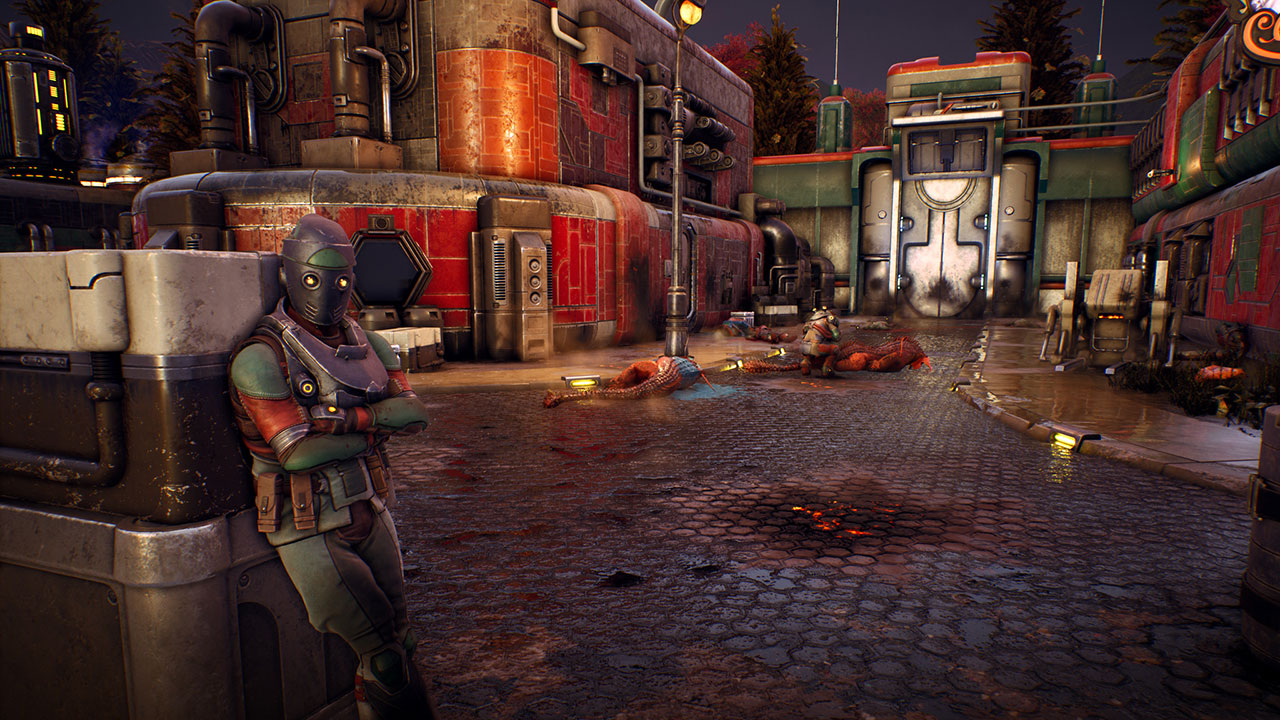
The Outer Worlds biggest strength is in the writing of all of the different characters in the game. Like any good RPG, some of the best stuff is tucked away behind a ton of dialogue and in off the beaten path areas of the world. You really can shape the world to your liking though, through any of the choices that you make along the way. Your different dialogue options allow you to dig into the relationships between characters and push into directions that aren’t immediately clear from the onset of a relationship. Or you can abandon talking altogether and just wipe a central character completely out of the narrative (except for a handful). With The Outer Worlds, you can completely change the course of history for Halcyon by choosing to align yourself with different characters. While the main choice is somewhat binary as you move towards the end-game, there are plenty of moving parts on the periphery that do change the outcomes and the endings that you experience.
Try Supernova for the most challenge, but definitely bump up the difficulty if you’re an experience player
That said, there’s a good bit of replayability in The Outer Worlds and if you really want to see it all you’ll either be doing a lot of save scumming in this game, or you can play it on various difficulty levels. While it does feel pretty easy on the default skill level, bumping it up to hard mode which gives enemies more health and damage will really make you engage with the systems of the game. For those that really want the full immersive experience we recommend playing it on the Supernova Difficulty which has a bunch of additional challenges, the least of which are the survival elements that require you to eat, drink, and sleep to survive along with a bunch of other settings that make life a little bit more difficult.
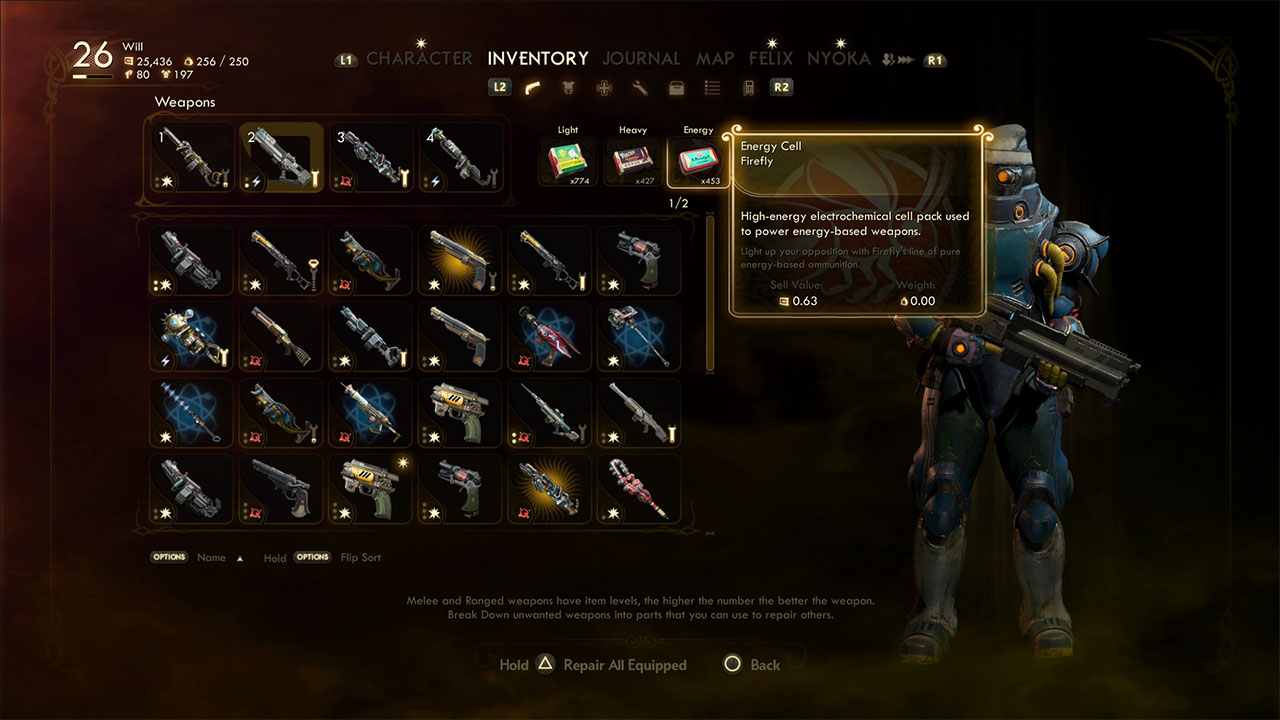
But those systems are many, so it’s a shame that the lower difficulties don’t really make you engage with them as much as you would like. There are weapons upgrades and repairs to deal with. Same goes for armor. You’ve got a whole system of perks and skills to unlock as you earn points for leveling up. These help you do things like improve your hacking, lock-picking, weapon or armor proficiencies, speech craft and more. And these systems are where plenty of the comparisons to New Vegas will come into play. Improving things like your lock-picking, hacking or speech craft will allow you to access dialogue options and/or areas of the world that you might not be able to get to without. Sometimes you can get outcomes to conversations that just aren’t possible without a certain level of persuasion, intimidation, or lying ability. Same goes for hacking or lock-picking. Some levels have alternate areas or weapons tucked away that you couldn’t get without the either finding a key card or having the ability to pick a lock or hack a terminal.
The game consists of multiple, smaller sandbox planets instead of one big world.
The Outer Worlds isn’t one big open world. It’s actually a handful of planets and other areas that you can land on and visit through your ship, the Unreliable. The Unreliable acts as your home base where you and your crew can assemble for the next mission at hand. While it does serve a purpose on the aforementioned Supernova difficulty, it really doesn’t have as big a place in the game on the others. The planets and areas that you can travel to all do have a unique look to them, but the enemy variety that you’ll find on them feels somewhat lacking. Fights are largely first person shooting or melee combat, and you can choose to bring companions with you when exploring or on a mission. There is some control over the A.I. companions, including the ability to direct special abilities and which enemies your companions target.

Your weapons and armor, as well as your companion weapon and armor are completely controlled by you. You can outfit yourself in any way that you want, whether you want to wear a top hat and light armor or regular clothes or heavy armor that blocks significant damage. There are a bunch of different systems at play when it comes to weapons as the game has numerous weapon types which fire light, heavy, or energy bullets and there are numerous types of damage effects like Acid, Bleed, Burn, and more with different types of enemies being susceptible to different damage types. On the armor side of the equation, while you can go for straight damage protection with high armor stats, light armor or helmets deliver different skill bonuses that can give you upgrades to a number of different skill areas. All that said, The Outer Worlds has a deep enough set of systems to dig into for those that really want to experience the hardest challenges of the game. For those that just want the broad strokes of the main path, there’s little reason to dig too far.
It’s not the best gunplay in the world, but it works.
The gunplay of The Outer Worlds is OK. I couldn’t quite tell what felt off about it and a colleague explained that it was aim assist that was missing. For a console game to not have aim assist is a little bit off putting and makes the gun play feel sloppy at times. There are some unique mechanics that don’t make this quite the twitch shooter that something like Borderlands is (a game that some have compared The Outer Worlds). You’ve got multiple systems like the Time Dilation Skill which allows you to slow time and target specific spots of an enemy. This skill has some unlockable features which allow you to see weak spots and location hit effects which can cripple body parts, maim, stagger, and have other effects on an enemy. If it sounds like a modification of the V.A.T.S. system of the Fallout series, that’s because it kinda is. So like that game, it’s not straight shooting in The Outer Worlds, but it is mostly a shooter with some other elements that you need to manage along with your A.I. teammates if you choose to fight alongside them.
The visual presentation of The Outer Worlds definitely does leave a lot to be desired. Compared to what we’re seeing from other open world games, this does not stand up to other recent releases on consoles. Given that this isn’t actually a true open world and a collection of sandbox style levels, you would think they could’ve pushed the limits a little more, and the end result is actually something that feels a little bit dated. The good news is that there really isn’t that much “jank” which you would expect from a game of this type. The smaller sandbox areas probably make for finding the problems a little bit easier, so there really isn’t that much of that, unless you consider questionable ragdoll effects the kind of lovable jank that you were expecting.
There’s some great writing for some of the characters
What is truly lovable about this game is the writing and the depth to the conversations that it has. I can’t remember a mainstream RPG that has had this type of depth to the conversations and the freedom to take them to different places depending on your mood or archetype that you’re committing to. A mixture of bleak humanity and humor make this a world that you want to explore with people in it that you want to talk to. And that’s a good thing considering that most of the value on the role play front is had from these aspects of the game.
If there is a big downside to The Outer Worlds it’s in that you really have to go seek out the side content, faction missions, and companion quests if you want to get the most out of the game and experience the true flavor of the world. There’s been plenty put here with a varied cast of unique characters in this world, but it’s really up to you to search out… for the most part. The main path quest is enjoyable, but there is a lot of interesting stuff that is very easy to miss if you aren’t looking hard enough. And a single playthrough doesn’t really tell the entire story. It’s hard to imagine that every player of The Outer Worlds play the game multiple times to see everything or save scum their way through the game, and it’s likely that most people will miss the multiple endings and outcomes that vary quite differently from one another.
The Verdict
The Outer Worlds might not be exactly what you think it’s going to be. It’s a smaller game, one that focuses on replay value and role play fantasy to really get the most out of the experience. It’s a dense game though, where there’s plenty of lore packed into smaller sandbox style areas. It’s up to you to poke around in the corners of these areas to get the most out of it.



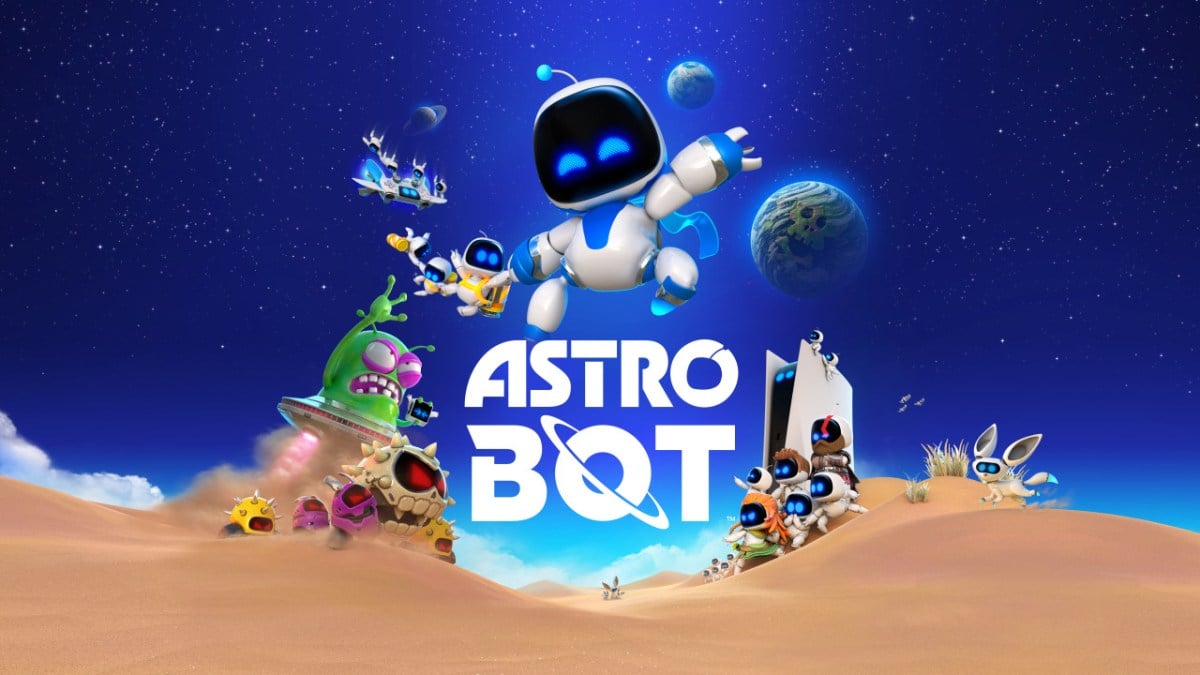

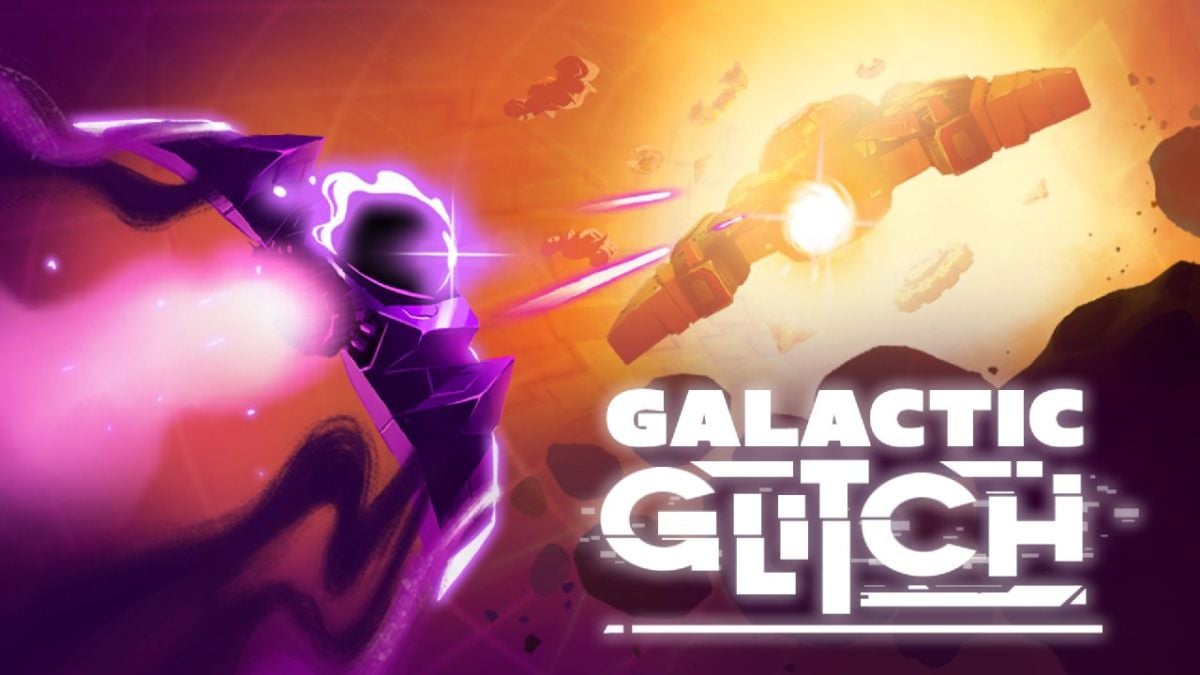
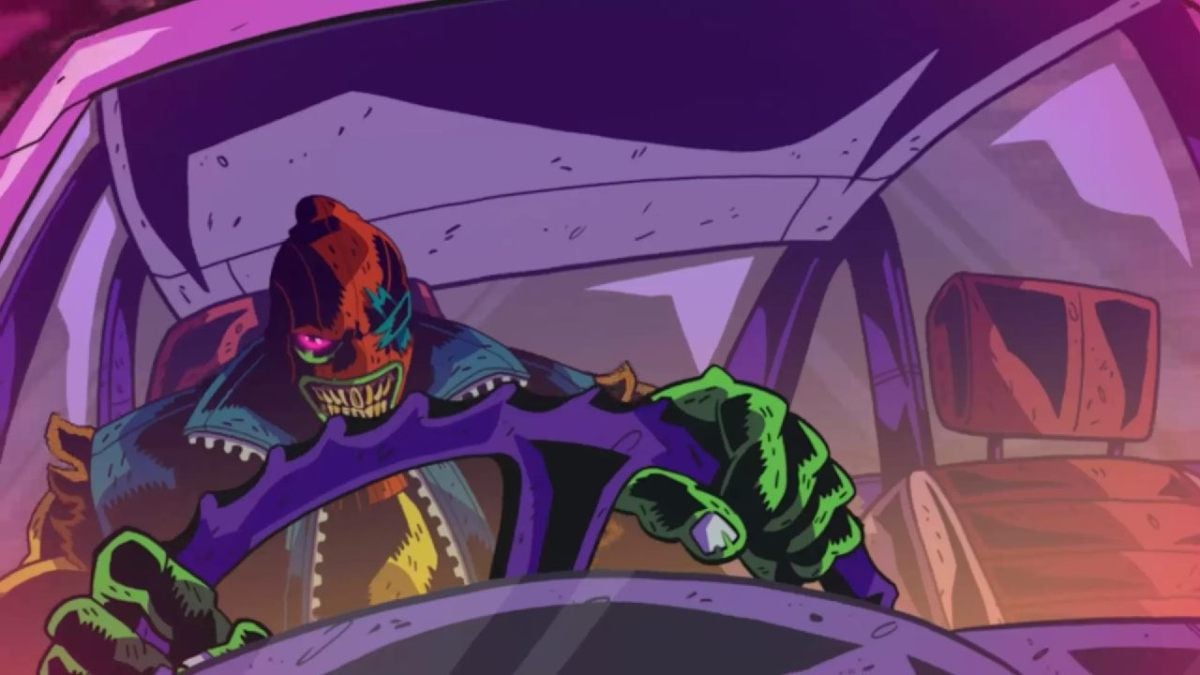



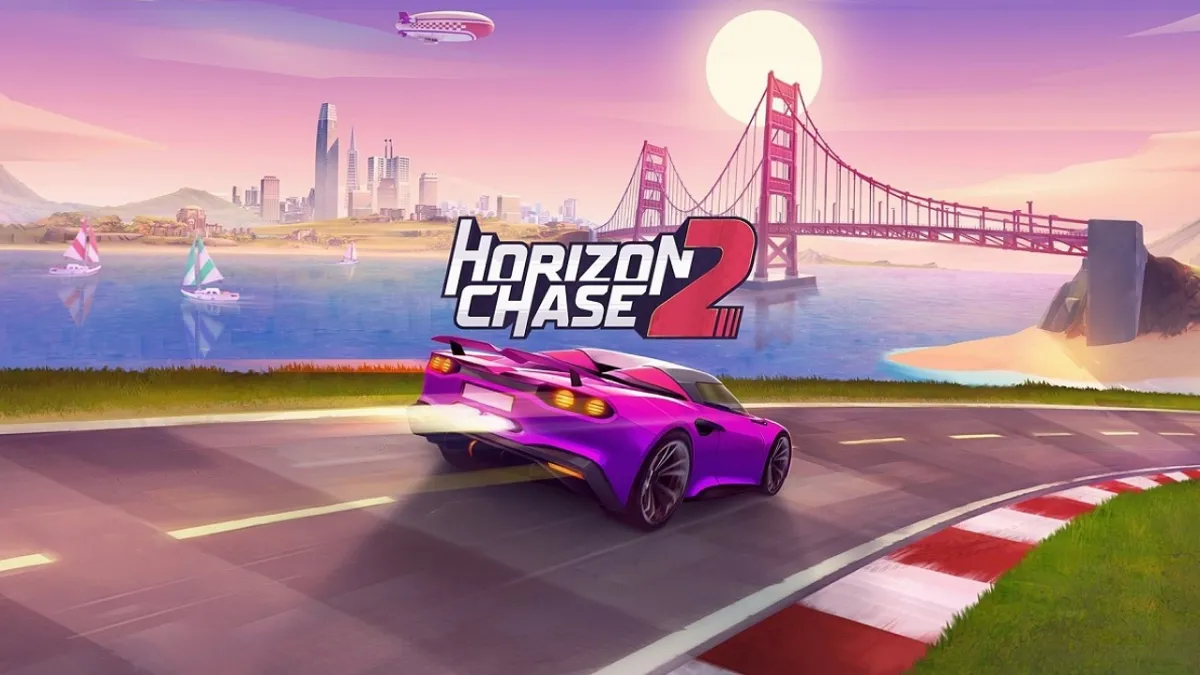
Published: Oct 22, 2019 07:59 am